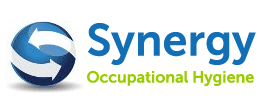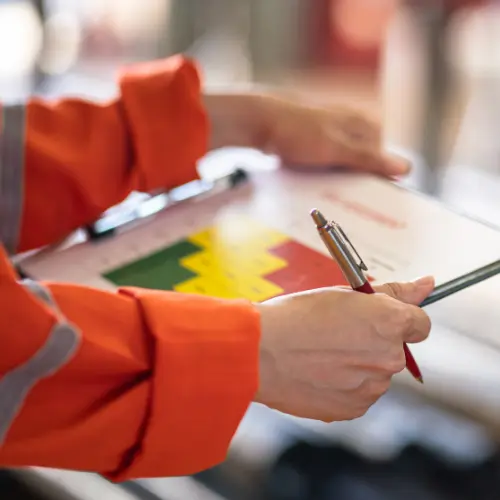How Many Steps to a Hazardous Substance Risk Assessment?
You’re a health and safety professional and you’re wondering how many steps to a hazardous substance risk assessment? This article aims to answer that question and provide some added insight to help you keep staff safe and your business compliant.
Managing hazardous substances in the workplace is not just a legal requirement—it’s a vital part of protecting employee health. Conducting a thorough hazardous substances risk assessment is central to complying with COSHH regulations and preventing harm from chemical exposure.
But how many steps are there to a hazardous substance risk assessment? And what should a COSHH risk assessment include?
Let’s break it down.
What Is a Hazardous Substances Risk Assessment?
A hazardous substances risk assessment—also known as a COSHH risk assessment—identifies and evaluates the risks posed by chemicals and other dangerous substances used or produced in your workplace. It helps determine the controls needed to reduce or eliminate harm to workers.
This type of substance and chemical risk assessment is a legal requirement under the Control of Substances Hazardous to Health (COSHH) Regulations in the UK.
How Many Steps to a Hazardous Substance Risk Assessment?
A typical COSHH risk assessment involves five essential steps:
- Identify hazardous substances
Review all substances used or generated in the workplace—cleaning products, paints, dusts, fumes, gases, and biological agents. - Assess the risks
Who might be exposed, how, and for how long? Consider routes of exposure: inhalation, skin contact, ingestion. - Decide on control measures
Determine how to prevent or control exposure—through ventilation, process changes, PPE, or training. - Record the findings
Keep clear documentation of the risks and actions taken. This is essential for compliance and audits. - Review and update regularly
Risk assessments should be updated when work processes change, new substances are introduced, or after incidents.
TL;DR – How many steps to a hazadous substance risk assessment?
The answer is five core steps: identify, access, control, record, review. Each critical to ensuring workplace safety.
What Should a COSHH Risk Assessment Include?
An effective COSHH risk assessment should cover:
- A list of all hazardous substances present
- The health risks associated with each substance
- How people could be exposed
- Existing controls in place
- Recommendations for further action
- Emergency procedures in case of accidental exposure
It should also reference relevant safety data sheets (SDS) and include details on staff training and health surveillance, where necessary.
Read our COSHH compliance section to learn more about this process. It contains handy tips and common pitfalls to avoid.
Why Chemical Risk Assessments Matter
Failing to carry out a proper substance and chemical risk assessment can lead to serious health outcomes, legal penalties, and reputational damage. Employers have a duty of care to ensure hazardous substances are managed responsibly and legally.
Need Support with Your COSHH Risk Assessment?
Our team of occupational hygiene experts specialises in helping businesses complete their COSHH risk assessments. We provide:
- On-site assessments and air monitoring
- Practical advice on control measures
- Comprehensive reporting
- Ongoing support to stay COSHH compliant
Follow the steps to a hazardous substances risk assessment for compliance and employee safety.
Conducting a hazardous substances risk assessment is a legal necessity—and a crucial step toward creating a healthier, safer workplace. Understanding what a COSHH risk assessment should include, and knowing the five steps involved, helps you stay ahead of compliance issues and protect your workforce.
If you require assistance, our team of qualified and experienced occupational hygiene consultants can guide you all the way.




